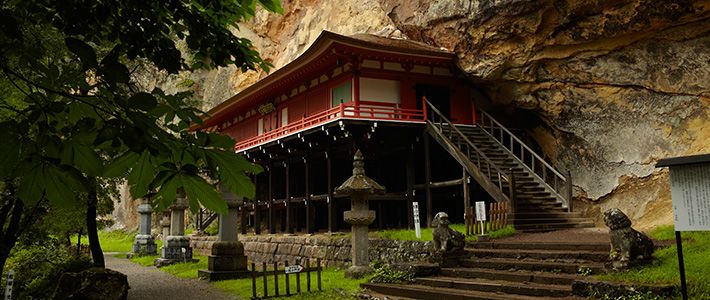
World Heritage: Hiraizumi (Video)
Culture- English
- 日本語
- 简体字
- 繁體字
- Français
- Español
- العربية
- Русский
In the late Heian period (794–1185), Hiraizumi flourished as the administrative center of northeastern Japan under the Northern Fujiwara clan, supported by the vast amounts of gold that were excavated from local mines. According to one theory, Hiraizumi’s richly decorated temples may have been the original inspiration for Zipangu, the legendary island of gold mentioned by Marco Polo in his Travels.
The city flourished for barely a century before it was destroyed by Minamoto no Yoritomo, but several buildings and gardens representing the teachings of Pure Land Buddhism have survived to this day, among them the remarkable Konjikidō (Golden Hall) of Chūsonji temple and the extensive gardens at Mōtsūji temple.
Music: Ikeda Ayako, “Oborozukiyo,” (39ERS RECORDS) Konjikidō photo courtesy of Chūsonji.
video World Heritage Tōhoku Hiraizumi tourism temple Buddhism Iwate Japanese gardens garden Chūsonji temple